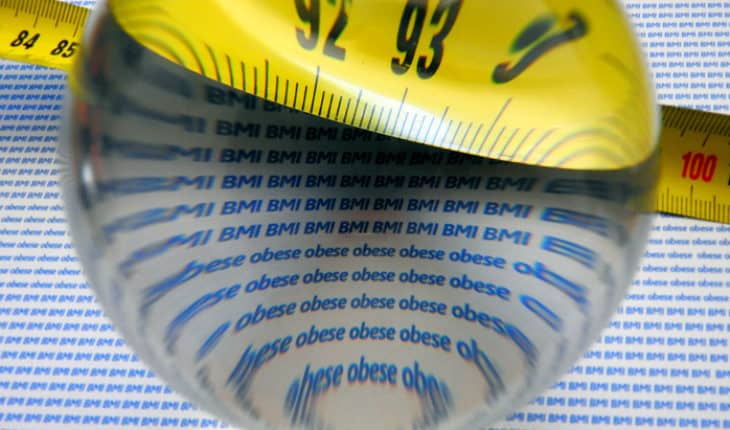BAME BMI values outdated and dangerous: New research published in The Lancet today explores the urgent need to recalibrate current (and ‘outdated’) BMI guidance, reflecting the serious impact this can have on people from different ethnic groups in terms of receiving personal risk assessments for chronic conditions such as Type 2 diabetes.
· Extensive study published in The Lancet Diabetes & Endocrinology journal today shows Body Mass Index (BMI) values used across healthcare put minority ethnic groups at risk
· Most medical professionals use BMI thresholds based on white ethnic groups to measure risk of developing chronic health conditions like type 2 diabetes
· However, analysis of over a million records shows ‘red flag’ BMI thresholds for type 2 diabetes vary significantly by ethnicity
· The study’s lead researchers call for urgent review of BMI policy in the UK for BAME people
Outdated interpretations of Body Mass Index (BMI) values are putting the health of patients from minority ethnic groups at risk.
The extensive study, Ethnic-specific BMI cut-off points for obesity based on type 2 diabetes mellitus risk, analysed the records of over 1 million people in England and was published in The Lancet Diabetes & Endocrinology journal today, shortly after it was presented at this year’s European Congress on Obesity (ECO).
Using both GP and hospital records, the study conclusively shows for the first time that adults from Black, South Asian, Chinese and Arab ethnic groups are more likely to develop type 2 diabetes at significantly lower BMIs than white ethnic groups.
BMI is a person’s weight in kilograms divided by the square of height in meters (Kgm-2).
It is used to work out if a person’s weight is healthy and, according to current NHS guidelines, a white adult with a BMI of 30Kgm-2 or above is obese and is therefore classed as being at higher risk of developing type 2 diabetes.
NICE (the National Institute for Clinical Excellence) issued guidance in 2013 that those from BAME groups should be classed as higher risk of type 2 diabetes at the lower figure of 27.5Kgm-2, but this figure is not universally used and the new data shows it is still too high anyway.
The new analysis found for example, that the current recommended “cut-off” BMI should be lowered to 23.9Kgm-2 for those from South Asian groups and to 26.6Kgm-2 for those from Arab groups.
The researchers behind the paper are now calling for the NHS to use the revised figures for each ethnic group based on their study, as healthcare professionals currently miss the opportunity to refer those at-risk to vital services, such as blood tests and screening for obesity-related diseases.
Researchers from four leading institutions University of Warwick, Oxford University, The London School of Hygiene & Tropical Medicine and the UCL Institute of Health Informatics came together in partnership with the Ethnic Health Forum to publish the pioneering study, which was funded by the National Institute for Health Research (NIHR)
The study’s Principal Investigator Dr Rishi Caleyachetty comments: “I’m extremely concerned that if the current BMI values are not amended to account for ethnic variation, many people will needlessly slip through the net, leaving them unknowingly at risk of type 2 diabetes.
“People from Black, South Asian, Chinese and Arab ethnic groups need to be aware that they face an increased risk of developing type 2 diabetes at much lower BMI levels than the White population.
“With these new thresholds, healthcare professionals should be able to recommend the right path of action and we hope that this study will swiftly kickstart a review of current BMI policy in the UK for BAME people”.
The research teams are now working closely with minority ethnic community members from the Ethnic Health Forum and health charities to share the findings with Department of Health & Social Care policy makers, NHS professionals and ethnic minority communities.
- Gut microbiome could delay onset of type 1 diabetes - 3rd April 2025
- The da Vinci 5 Robot Is Set To Transform Bariatric Care: - 31st March 2025
- Beyond money: the hidden drivers fuelling child food insecurity - 31st March 2025






